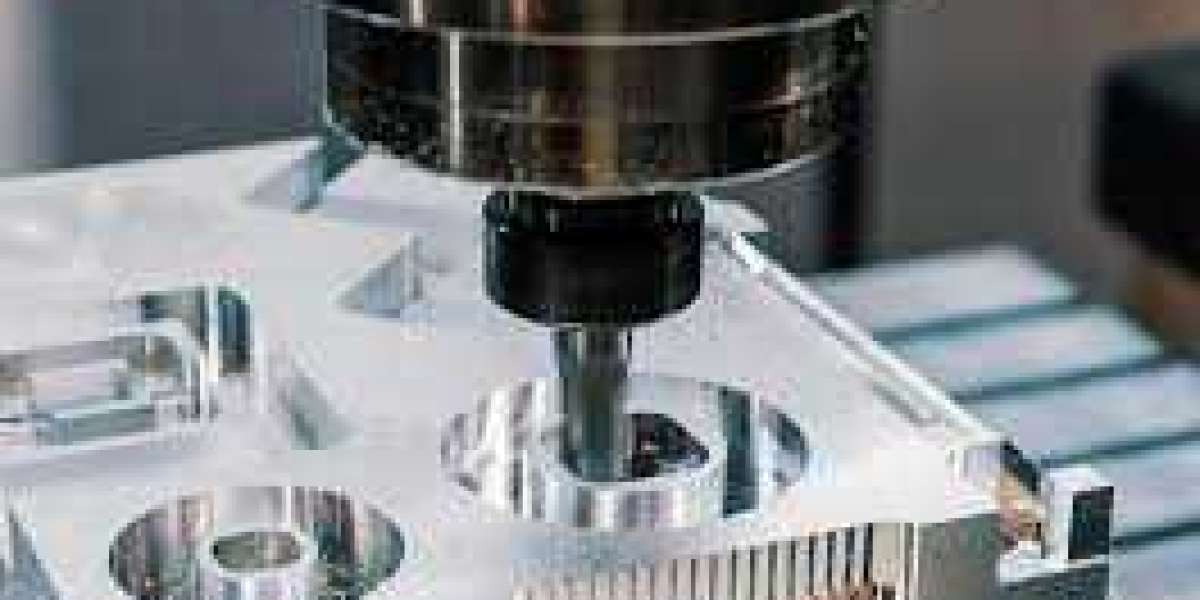Custom metal machining has become an essential part of modern manufacturing, allowing businesses to produce high-quality components with precision. However, one of the major concerns for manufacturers is cost management. Reducing costs without compromising on quality requires a strategic approach to custom metal machining. By understanding the processes, materials, and technologies involved, companies can streamline production, minimize waste, and maximize efficiency.
In this article, we’ll explore effective strategies for reducing costs using custom metal machining solutions, ensuring your business remains competitive while maintaining the highest standards of production.
Optimize Material Selection
One of the most significant factors impacting the cost of custom metal machining is the choice of materials. High-grade metals often provide better durability and performance but may also come with higher price tags. Evaluating the specific requirements of your project—such as strength, corrosion resistance, and weight—can help determine whether premium materials are necessary or if more cost-effective alternatives can be used.
Using recycled or scrap metals where feasible can further reduce material expenses. Additionally, partnering with suppliers who offer bulk discounts or more flexible payment options can minimize upfront costs. By carefully analyzing material needs, businesses can strike a balance between quality and cost efficiency in their custom metal machining projects.
Implement Efficient CNC Machining Techniques
CNC technology is at the heart of custom metal machining, providing precision, speed, and repeatability. However, inefficient programming or outdated machinery can lead to wasted materials and extended production times. Optimizing CNC tool paths, selecting the correct cutting tools, and maintaining equipment regularly can significantly reduce operational costs.
Moreover, using multi-axis CNC machines can decrease the need for multiple setups, reducing labor hours and minimizing the chance of errors. Streamlining CNC machining processes not only saves money but also increases throughput, allowing manufacturers to complete more orders in less time without sacrificing quality.
Reduce Waste Through Smart Design
The design phase plays a crucial role in cost reduction for custom metal machining projects. Overly complex designs may require additional machining steps, increasing production time and material usage. By simplifying component geometry and designing for manufacturability, companies can reduce the amount of material wasted and minimize machining time.
Advanced CAD and CAM software can simulate machining processes before production, identifying potential inefficiencies or problematic areas. This proactive approach allows engineers to make adjustments early, preventing costly mistakes during production. By integrating design optimization with machining capabilities, businesses can achieve high-quality results while keeping costs under control.
Leverage Volume and Batch Production
Producing components in larger quantities often reduces the per-unit cost of custom metal machining. Setting up machines and tooling requires time and labor, so spreading these costs across more units results in better cost efficiency. For businesses that frequently require the same parts, batching production can provide significant savings.
Additionally, establishing long-term contracts with machining providers can secure lower prices for bulk orders. Volume production also enables manufacturers to optimize machine scheduling, minimize idle time, and reduce energy consumption. By strategically planning production batches, companies can enjoy the dual benefits of cost reduction and improved operational efficiency.
Partner with Experienced Machining Providers
Choosing the right custom metal machining partner can have a substantial impact on overall costs. Experienced machining providers bring expertise, advanced equipment, and streamlined workflows that reduce errors and rework. A trusted partner can also advise on material selection, design improvements, and process optimization to save both time and money.
Outsourcing certain machining tasks to specialized providers can also be more cost-effective than maintaining in-house operations. By leveraging their skills and resources, companies can focus on core business functions while ensuring high-quality, cost-efficient production. A strong partnership with a reliable machining provider is therefore a key strategy in minimizing expenses without compromising quality.
Conclusion
Reducing costs in custom metal machining requires a comprehensive approach that includes smart material selection, efficient CNC techniques, waste reduction, batch production, and strategic partnerships. By implementing these strategies, manufacturers can maintain high-quality output while lowering operational expenses, making their businesses more competitive and profitable.
Investing time and resources in planning, optimizing processes, and collaborating with experienced machining providers ensures long-term savings and sustainable growth. Ultimately, cost-effective custom metal machining solutions enable businesses to achieve precision, efficiency, and profitability simultaneously.








